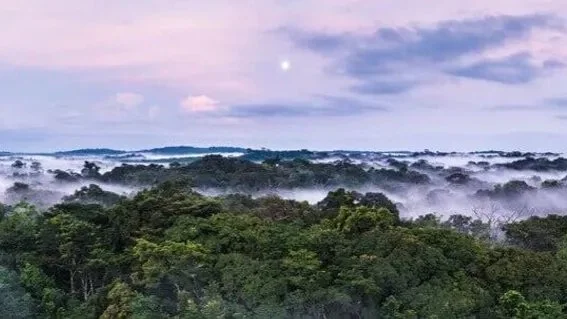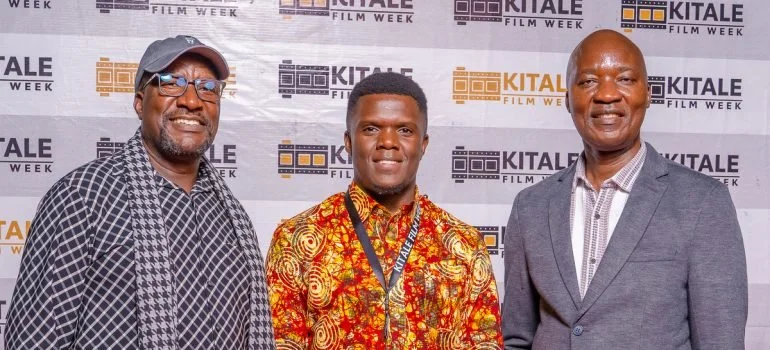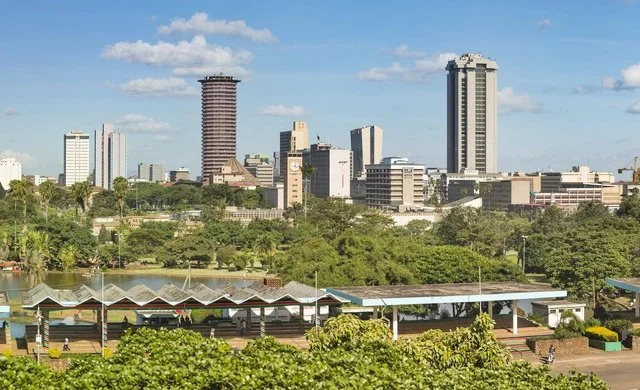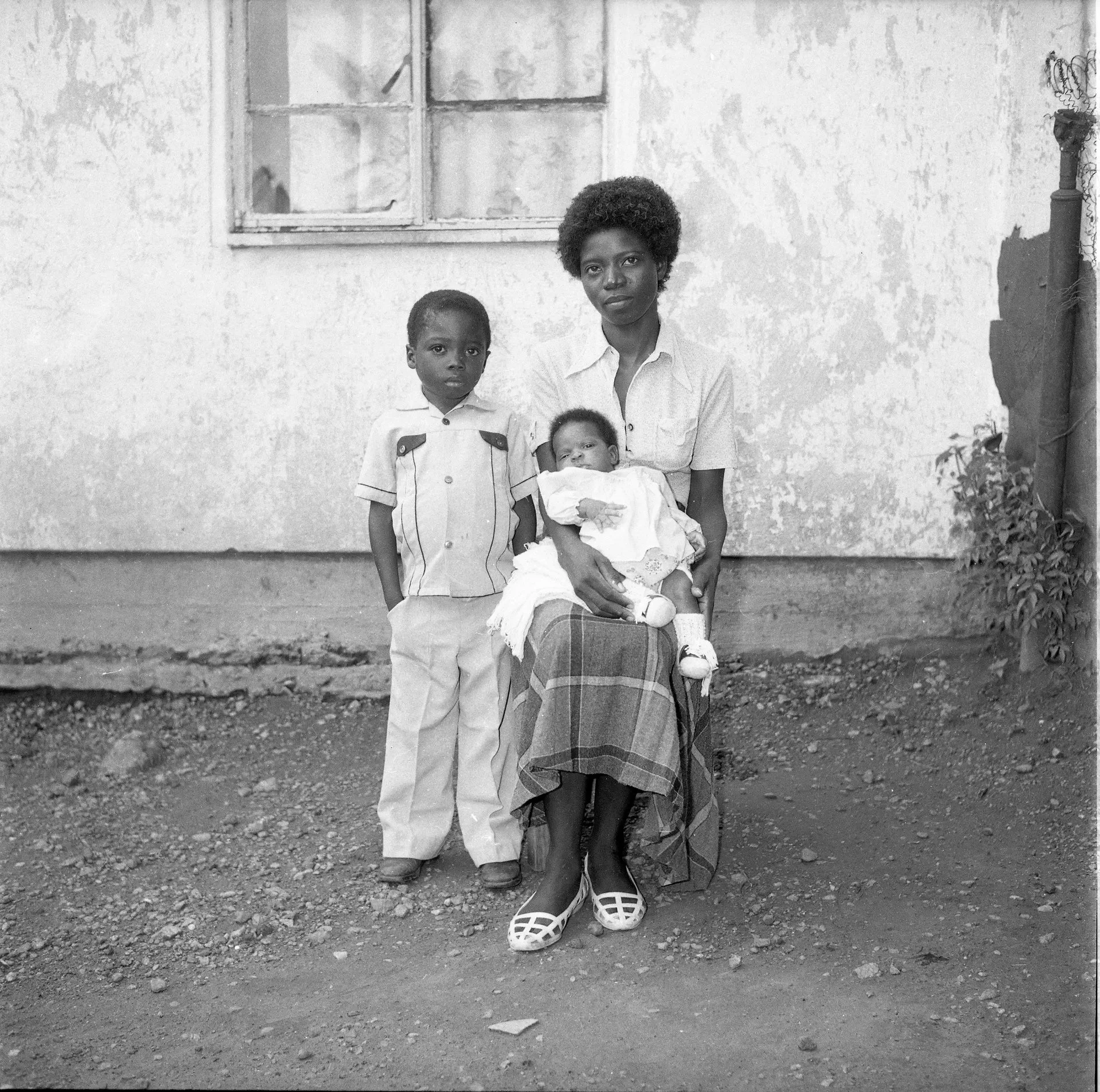Zelaki Newsletter | July 2025, Edition II
Heritage in Focus:
Stories of Recognition, Resilience, and Representation
This edition of the Zelaki Newsletter highlights new milestones in African heritage, culture, and creativity. From UNESCO’s latest World Heritage additions to a powerful architectural biennale reshaping how cities are imagined, each story offers a glimpse into efforts to preserve memory while building toward the future. We also spotlight a growing film movement in Kitale and a long-overdue celebration of Zambian portraitist Alick Phiri. Together, these features reflect a continent in motion—honoring what came before while making space for what’s next.
News from Africa And Beyond
Africa’s New UNESCO World Heritage Sites
UNESCO has officially inscribed 26 new sites to the World Heritage List during the 45th session of the World Heritage Committee held in July 2025. Among the newly recognized sites, four are located in Africa, marking a meaningful step toward broader geographic representation on the list and reflecting a deepening acknowledgment of the continent’s cultural and ecological richness.
One of the new African entries is the Diy-Gid-Biy Cultural Landscape in Cameroon. Located in the Mandara Mountains, this area showcases a long history of human settlement, architecture, and cultural expression rooted in centuries of tradition. Malawi also joins the list with the Mulanje Mountain Cultural Landscape, a sacred massif that plays a central spiritual role for surrounding communities and is known for its ecological diversity. Guinea-Bissau received its very first World Heritage Site recognition with the inscription of the Bijagós Archipelago, a complex of over 80 islands in the Atlantic Ocean, home to a unique matriarchal society and rich biodiversity. The Island of Mozambique, already listed since 1991, was also highlighted as a site that has benefited from ongoing preservation support.
UNESCO notes that these new inscriptions are the result of increased investment in Africa's heritage sector. Since the launch of the Priority Africa initiative in 2021, the organization has funded over 50 projects and committed more than $30 million toward strengthening heritage protection and training across the continent. The 2025 session also marked a turning point, as several African countries—including Sierra Leone and Guinea-Bissau—submitted successful nominations after receiving technical support from UNESCO through dedicated programs.
With these additions, the total number of World Heritage sites in Africa now stands at 112. This expansion is part of a broader effort to make the World Heritage List more inclusive and to give greater visibility to underrepresented regions. The recent session also emphasized the importance of community-led conservation, aligning with UNESCO’s belief that safeguarding heritage must include those who live closest to it.
Kitale Film Week 2025
Held from February 2–9 in Trans-Nzoia County, Kitale Film Week returned for its third edition as a growing hub for African cinema. The festival featured a range of screenings from shorts, features, documentaries, and animation, highlighting diverse African stories and emerging talent.
The event also included industry panels, masterclasses, and a Film in Education program, which brought film screenings and workshops to students across Western Kenya. These efforts aim to grow regional film literacy and support local creative careers.
Festival director Timothy Owase called the week “a unique space for amplifying diverse voices,” especially in a town without commercial cinemas. Kitale Film Week continues to position itself as a key player in decentralizing Kenya’s film culture and industry.
From Fragility to Resilience
Curated by Somali‑Italian architect Omar Degan of DO Architecture Group, in partnership with the Architectural Association of Kenya, the Biennale aims to reclaim Africa’s architectural narrative. Degan describes it as an effort to reposition African cities, cultural memory, and design agency at the center of global discourse. Rather than replicate Western models, the Biennale reflects African realities shaped by climate, urbanization, and rapid economic transformation.
The event will showcase architectural responses spanning all 54 African nations, the diaspora, and even Western contributors. Its program includes exhibitions, city installations, public dialogues, and research forums—immersive experiences grounded in both memory and innovation. By reframing fragility as generative, the curators seek to demonstrate that architecture can heal, innovate, and reflect resilience.
Degan emphasizes the importance of countering colonial architectural legacies, rewriting how space is imagined and built in African context. The Biennale positions Nairobi—and the continent as a whole—as a dynamic locus of experimentation, sustainability, and cultural invention.
Zambian Portraitist Alick Phiri Honored in Lusaka
In Lusaka, the Everyday Lusaka Gallery in collaboration with artist and curator Sana Ginwalla is shining new light on the pioneering work of Zambian photographer Alick Phiri. The exhibition, titled I’ll Be Your Mirror, revisits Phiri’s evocative black-and-white portraiture from the 1970s and 80s, much of it created in his famed Kwacha Photo Studio. Known for portraying ordinary Zambians with striking dignity and depth, Phiri’s work captures the mood and texture of post-independence Zambia with rare sensitivity.
Alongside the exhibition, the gallery is also showcasing the photobook Lusaka Street, which further expands on themes of self-representation and urban life. Together, the retrospective and publication reclaim Phiri’s role not just as a documentarian, but as a visual historian who helped shape how Zambians saw themselves in a newly independent nation. The show offers a powerful correction to historical visual biases and affirms Phiri’s importance in the canon of African photography.




